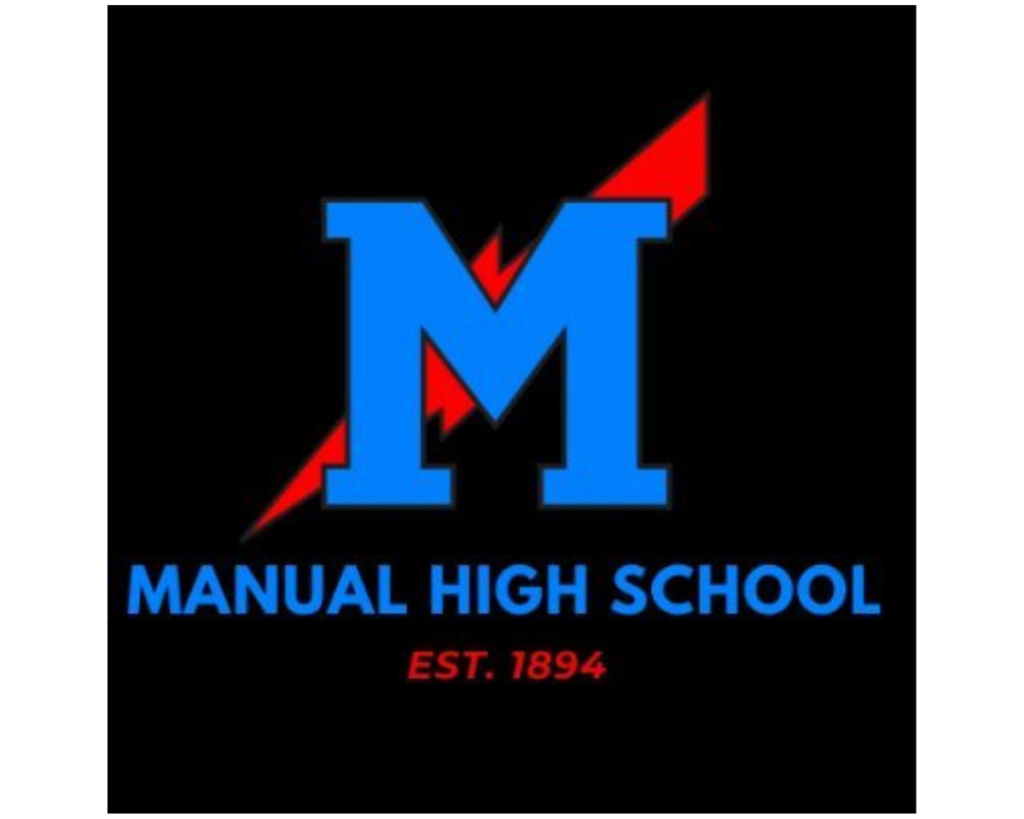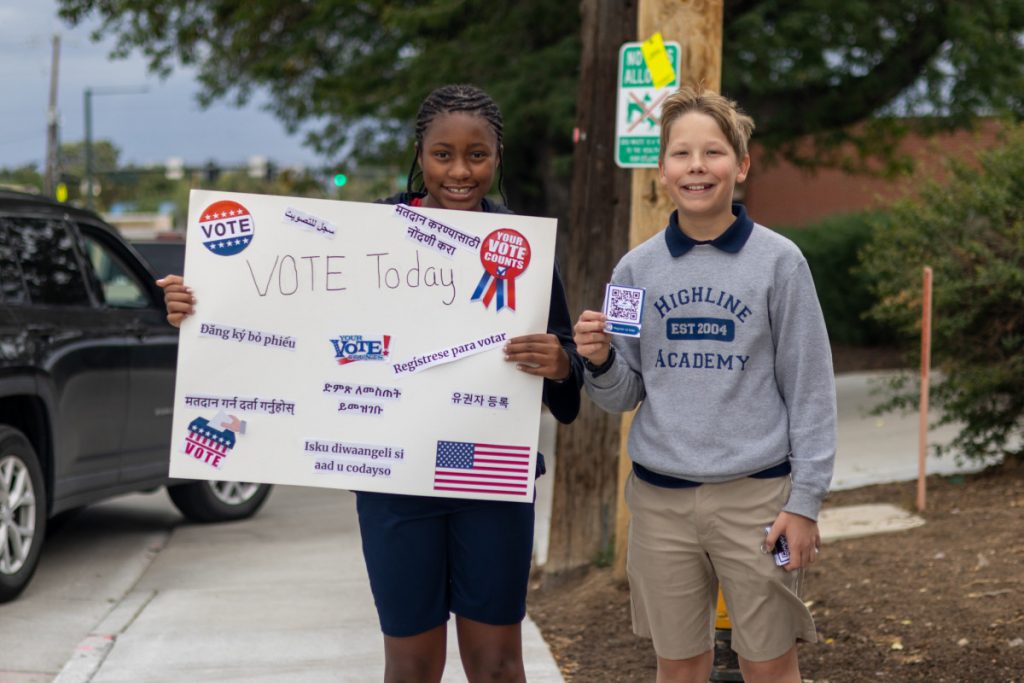Last month’s ceremony granting honorary Manual High School diplomas to 11 former students displaced by the school’s one-year closure in 2006 might have seemed like a nice gesture toward people who had been wronged by an unfeeling bureaucracy.
That’s certainly how Chalkbeat and The Denver Post portrayed it. But those portrayals seemd fueled by disingenuous or ill-informed statements from at least one school board member and Superintendent Alex Marrero.
“Pomp and Circumstance” was piped into the meeting room, school board members and the superintendent wore academic robes and stood behind the podium where the alums came to receive their diplomas.
Master of ceremonies Auon’tai Anderson, the school board vice-president and a Manual graduate, choked up. The event, he said, was to “rectify the injustices of the past.”
I was aghast, because I’ve been around long enough to have first-hand knowledge of the circumstances surrounding the closure. I also served on the Community Council that helped re-envision Manual during its one-year hiatus.
Revisionist history like this creates a false narrative that, if left uncorrected, will alter the way people look back on events. I’m not going to let that happen here.
Manual High School was closed in 2006 because it was failing its students to a catastrophic degree. The reasons for this failure are manifold, and there is plenty of blame to spread around.
First, when the school board redrew Manual’s boundaries in 1995-96 as court-ordered busing ended, it made the abysmal decision to create a school that would face enormous challenges connected to poverty, gang rivalries, and isolation.
Next, a decade of poorly executed experiments with creating small schools-within-schools finally led Manual to the point where its performance was so bad that the school board was left with little choice but to close the school. Families were abandoning Manual in droves – enrollment plunged by almost half between 2002 and 2006 – and with good reason.
Manual in 2006 was ranked lowest by the district among the city’s comprehensive high schools. In 2005, only two Black and five Latino children were proficient on the 10th grade state math assessment.
In September 2001, 475 ninth graders started at Manual; four years later, only 95 graduated.
In a letter to former Denver mayors Federico Peña and Wellington Webb shortly after the closure vote, then-Superintendent (now U.S. Senator) Michael Bennet and board president Theresa Peña wrote:
“…the Manual decision has been characterized as an “attack,” an action perpetrated on the school because the students who go there are primarily Latino and African American. Nothing could be further from the truth. We view the decision to move the current Manual students to other schools as an admission of complete failure by the district over many years and as a rescue mission for the children that are there.”
At the recent ‘graduation ceremony,’ Anderson had this to say: “They had their education unjustly interrupted due to politics. They should have been Manual graduates in the first place.”
And Marrero took it even farther: “We can never fully repair the pain that was caused and it’s important that we acknowledge it, we learn from it and grow. Growth can only happen when you reflect on what has been done. realize poor choices that were made and genuinely speak to make amends with those who are impacted.”
Anderson was in elementary school when Manual was closed, and Marrero was in his early 20s on the East Coast. They would be well advised to read some source documents about Manual’s closure before making such ill-informed statements.
Was the Manual closure handled well by the board and superintendent at the time? Certainly not. The decision, while the right one, was made abruptly, almost impulsively, at a board meeting, with no opportunity for community input. Bennet and Peña acknowledged that in the letter to the two former mayors.
“We have apologized for the hurt feelings and the sense of surprise that our decision created, but we made the decision knowing that our first obligation was to the children and staff at Manual,” they wrote.
The district did not do a good job following up with the students placed at other high schools, at least some of whom had difficult experiences. For that, yes, an apology is in order. But how many other students who would have attended Manual had it not closed were saved from a bad educational experience there? It’s impossible to know.
Unfortunately, the Manual closure and reopening story doesn’t have a happy ending. Bennet, feeling pressure from the community, pledged to reopen the school in one year. It then took him several months to find a principal to lead the new school. And while that principal, Rob Stein, was undeniably a star, the short runway Bennet gave him made his job virtually impossible.
Still, under Stein’s leadership, Manual’s educational outcomes increased dramatically. But, frustrated with what he saw as district intransigence and interference, he left after just under three years. Manual’s trajectory since then has been uneven at best.
There’s no easy moral to this story. Manual’s history encapsulates much that has gone wrong with urban education over the past few decades. But we can only learn from that history if we’re operating from an accurate historical record. Ignorance and false narratives serve no one well.




